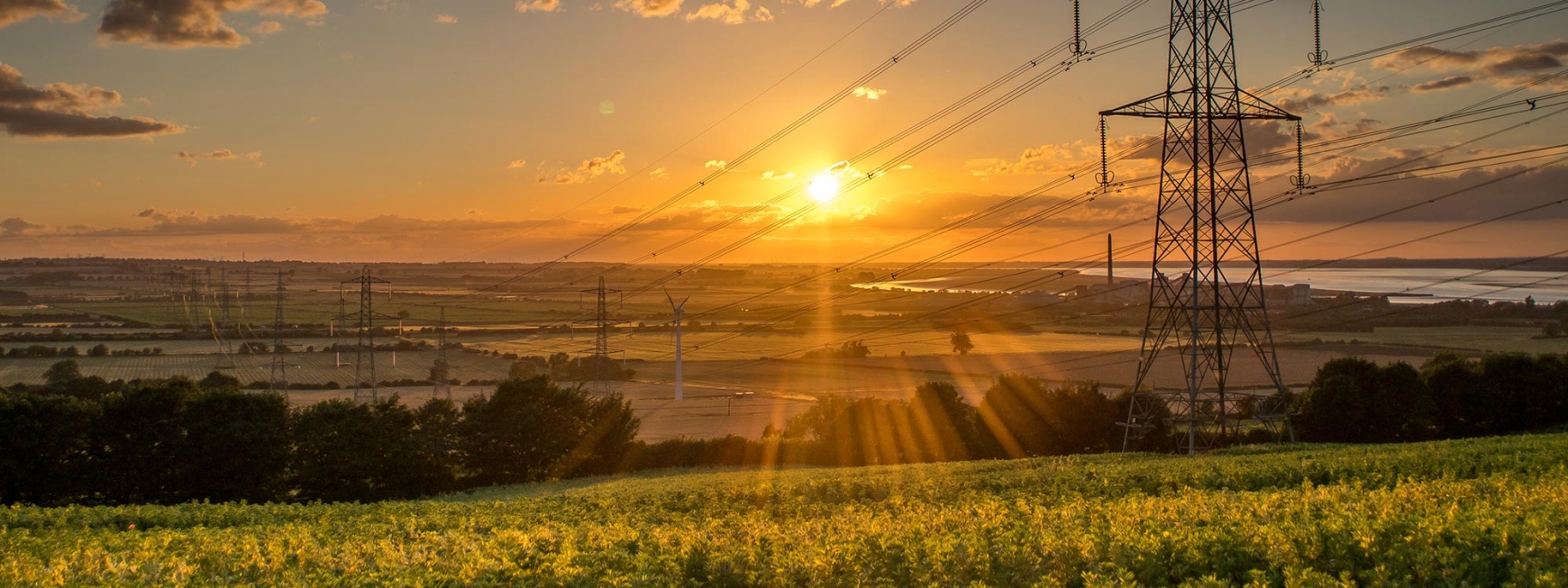I recently wrote the following for AHDB GrowSave and it was an interesting thought worth sharing here:
Depending on where in the country you live, you may have noticed an increase in your heat usage this past winter compared to the one before. Using data from degreedays.net for ‘heating degree days’ (HDD), a quick comparison between 2019-20 and 2020-21 gives an insight as to why that might be the case.
HDD can be a useful measure of the heat required by a building, calculated by looking at the difference between the outside temperature and a specific base temperature (in this case 15.5°C), and the duration in days. So, on a day when the average temperature is 12.5°C, we get 3 HDD. We can do this for every day of the year and add them up for an annual total. Table 1 compares the annual heating degree days for three regions of the UK for the last two years.
Heating Degree Days
| Region | 2019-20 | 2020-21 | Change |
| North-West | 1761 | 1825 | +4% |
| Midlands | 1982 | 21351 | +8% |
| South-East | 1756 | 1984 | +13% |
Table 1: Heating degree day data for three UK regions in 2019-20 and 2020-21
We can see that the Midlands has typically been colder than both the North-West and South-East, indicated by the higher heating degree days. For growers in the region, this potentially means higher heating bills than colleagues in the NW or SE. Interestingly, we can also see that the increase in HDD in 2020-21 (1st May 2020 – 30th April 2021) compared to the same period the year before is different for each region. The further south you are, the colder the winter was relative to the previous one (rather than absolutely speaking, as the Midlands still seems to have been the coldest).
Comparing the two years directly, we can see that the rolling 30-day average tracked quite neatly between June and November, when 2020-21 was warmer, before a reversal of the trend in January 2021. Over the following couple of months, HDD was considerably higher than the year before. For those heating their greenhouses during that period, you may well have noticed an increase in energy consumption and cost. To help offset this – and let’s face it, anthropogenic climate change is likely to mean an increased frequency of more extreme weather events (i.e. hotter summers and colder winters) – add insulation where possible, keep screens closed under cold, clear skies, and consider accepting lower growing temperatures. Adopting some low-cost, energy-saving solutions now can add up to notable savings for years to come.
If you have any questions or energy related queries, please call the NFU Energy team on 024 7669 6612.


